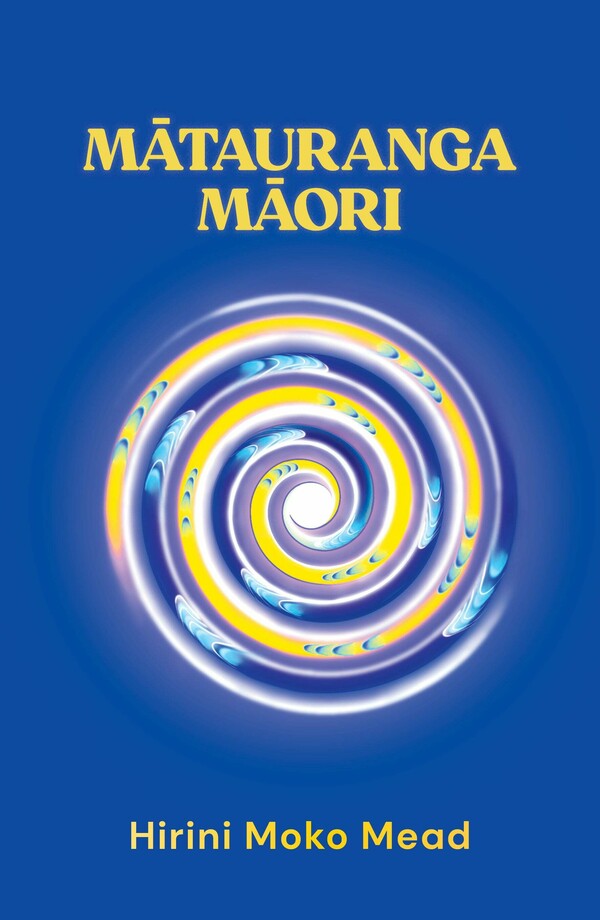Kataraina
Highly Recommended
Reviewed by Cassidy Grace, Assistant HOD of English, Hamilton Girls High School

| Author & Illustrator: | Becky Manawatu |
| Publisher: | Makaro Press |
| ISBN: | 9781067011307 |
| Format: | Paperback |
| Publication: | Aug 2024 |
| Ages: | 16+ years |
| Themes: | Generational trauma, nature and the importance of the land/whenua |
Highly Recommended
Reviewed by Cassidy Grace, Assistant HOD of English, Hamilton Girls High School
Opening sentence
I tell the children they can wear their shoes in the house if they ever sense they'll have to run.
The moment you pick up this book you know it will be a great read! The cover foretells the importance of the swamp and the woman, Kataraina, on which the story is based.
The novel centres on the character Kataraina and each chapter is linked to the novel Auē referencing time periods before and after ‘the girl shot the man’ (Beth shooting Stuart). The timeline is non-linear which makes it more interesting. Chapters range in size with some smaller snapshots of events and other chapters longer using masterful descriptions to fully develop characters and settings. Each chapter is intricately written building on nature's imagery and ideas around generational trauma.
I particularly liked learning about Kataraina’s life growing up and having a story based on her perspectives and voice, which was largely silenced in Auē through a third person narrative. Kataraina seems to fill in all the missing pieces and questions I had when I read Auē. We see different sides to her which build on her character development.
The swamp is another central character and symbol within the book. We see it in many chapters through different time periods. Ultimately, it can be seen to represent how Stuart wants to destroy everything. However once “the girl” shoots him, the swamp starts to rejuvenate and so does Kat. It ultimately shows the strong connection Māori have to the whenua.
I would suggest reading Auē again (or first) before reading this novel because firstly it is an amazing book but also because it will help you fully understand the intent and beauty behind this novel.
Content advisory: contains abuse.
The novel centres on the character Kataraina and each chapter is linked to the novel Auē referencing time periods before and after ‘the girl shot the man’ (Beth shooting Stuart). The timeline is non-linear which makes it more interesting. Chapters range in size with some smaller snapshots of events and other chapters longer using masterful descriptions to fully develop characters and settings. Each chapter is intricately written building on nature's imagery and ideas around generational trauma.
I particularly liked learning about Kataraina’s life growing up and having a story based on her perspectives and voice, which was largely silenced in Auē through a third person narrative. Kataraina seems to fill in all the missing pieces and questions I had when I read Auē. We see different sides to her which build on her character development.
The swamp is another central character and symbol within the book. We see it in many chapters through different time periods. Ultimately, it can be seen to represent how Stuart wants to destroy everything. However once “the girl” shoots him, the swamp starts to rejuvenate and so does Kat. It ultimately shows the strong connection Māori have to the whenua.
I would suggest reading Auē again (or first) before reading this novel because firstly it is an amazing book but also because it will help you fully understand the intent and beauty behind this novel.
Content advisory: contains abuse.
| Author & Illustrator: | Becky Manawatu |
| Publisher: | Makaro Press |
| ISBN: | 9781067011307 |
| Format: | Paperback |
| Publication: | Aug 2024 |
| Ages: | 16+ years |
| Themes: | Generational trauma, nature and the importance of the land/whenua |







